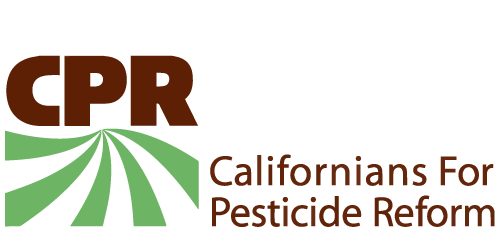Stop the use of hazardous fumigants
Fumigants are the most dangerous pesticides on the market
Applied as gases to the soil to kill pests and diseases before crops are planted, fumigants often drift away from fields on to nearby schools, homes, communities and fields where farmworkers are working. Fumigants are responsible for several incidents in California where hundreds of people have been poisoned from a single pesticide application. They can also keep off-gassing for days or weeks after they are applied, resulting in continuous exposure for nearby communities.
Fumigants cause serious health risks, especially for children.
Many fumigants are highly toxic, cause cancer, affect brain development, damage reproductive systems, and trigger asthma. Young children and pregnant women are at greater risk of harmful health impacts.
Fumigant use is widespread in California
California agriculture relies heavily on fumigants: they make up approximately 20% of the pesticides applied each year, and are most commonly used for growing strawberries, almonds, potatoes, raspberries, carrots, tomatoes and peppers.
The most widely used fumigant pesticides in California agriculture are 1-3 dichloropropene (Telone), chloropicrin, metam sodium and metam potassium. These pesticides are all highly acutely toxic, and are either neurotoxicants, reproductive or developmental toxicants, and/or probable carcinogens.
Safe replacements for fumigants exist
Many promising replacement technologies for fumigants exist, but need state support to become fully market ready. Thanks to the efforts of the CPR coalition, $1.8 million in state funding has been allocated over three years to research into fumigant alternatives.
Find out more about how to take action to prevent fumigant use in your community! Contact Sarah Aird,CPR Co-Director, at 510-788-9025 x5.
